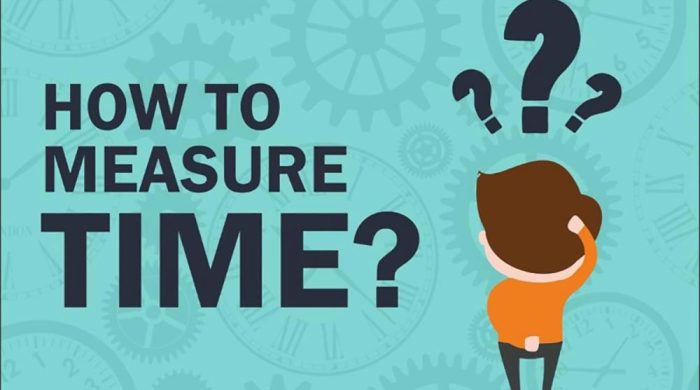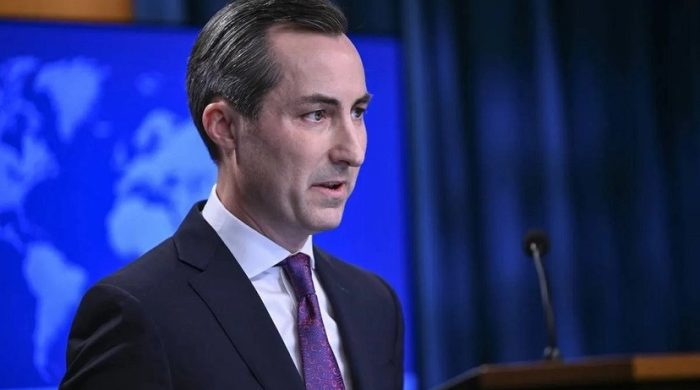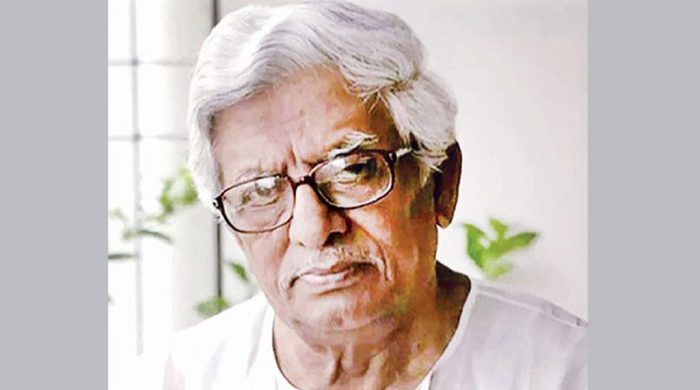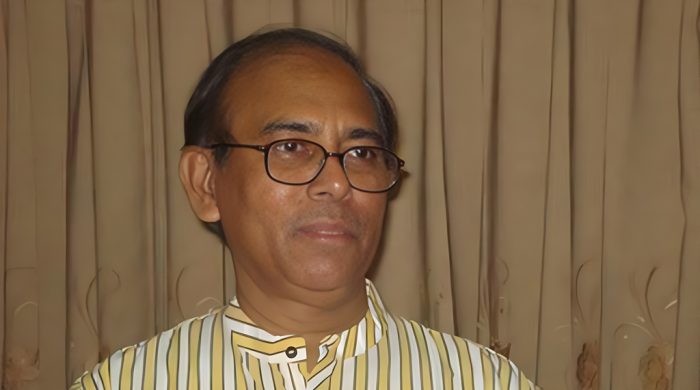The temple support beams — which were returned Friday — boast exquisite carvings of the Hindu deities Indra and Yama that date back to the late 10th or 11th century.
They had been on display for decades at the San Francisco Asian Art Museum, and their repatriation to Thailand followed a yearslong investigation by the US Department of Homeland Security.
On Monday, museum staff carefully unpacked the artefacts under the watchful gaze of Culture Minister Itthiphol Khunpluem as Thai traditional music played.
“These two lintels are evidence of our rich and prosperous history dating back many centuries ago,” he said, thanking US authorities and the Thai Foreign Affairs Ministry for the “relentless pursuit of the sandstones”.
Itthiphol also said the government is still deliberating whether they would be taken to smaller, local museums in the provinces of Buriram and Sa Kaeo, which border neighbouring Cambodia.
The lintels have features that mirror famed Cambodian temples — showing the influence and reach of the ancient Khmer Kingdom — and are believed to have been stolen out of Thailand between 1958 and 1969.
As music blared, Thai traditional dancers in gold-flecked dresses donning plastic face shields performed during the unveiling ceremony for the artefacts.
Massive towers of fruit were also on display around flower wreaths — an offering to the gods to protect the lintels.
Itthiphol said there are still “13 more Buddha statues and engraved artefacts waiting to be repatriated from the US”.
The California museum had disputed investigators’ allegations that the artefacts were stolen, and insisted it had long planned to return them.
US museums are not the only ones to be embroiled in art provenance scandals in recent years.
Australia has repatriated at least eight looted statues to India since 2014.
France has vowed to return items taken from Senegal and Benin, while the Netherlands is moving to repatriate artefacts stolen from its former colonies.























